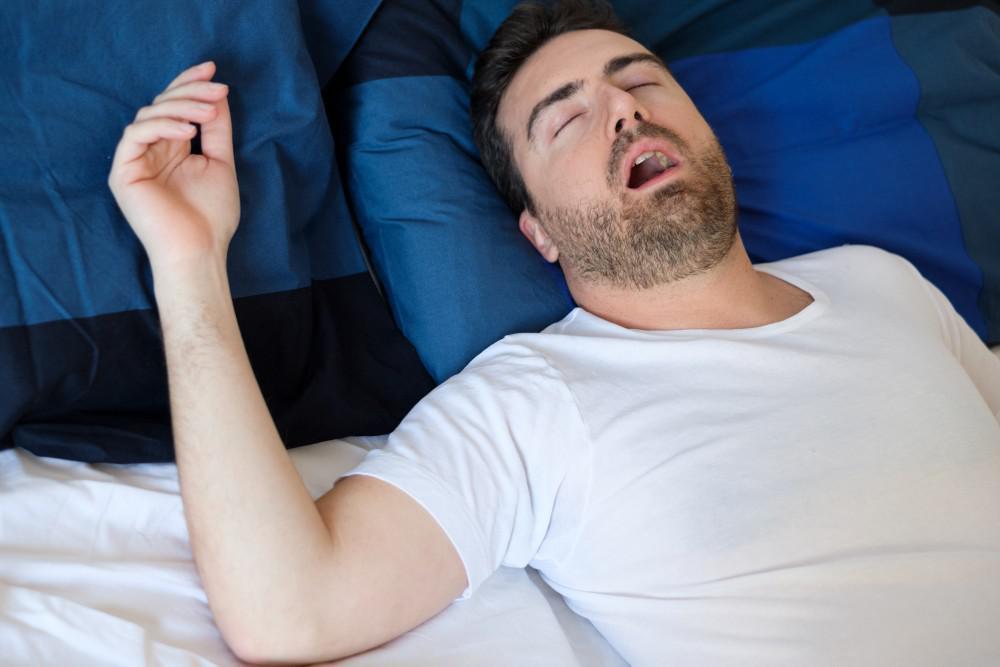
Snoring is more than simply a funny noise people make in their sleep. It’s a symptom of a potentially dangerous sleep disorder called obstructive sleep apnea. Caused by the collapse of soft tissue in your throat, snoring is part of a process that can stop your breathing while you’re asleep.
Your brain wakes you enough to restore your breath, but it becomes more difficult to get enough restful and restorative sleep. Without this, many aspects of your health can suffer. You’re more prone to high blood pressure, heart disease, and diabetes.
Reducing the conditions that contribute to snoring is possible without turning to surgery. The team at Lakeshore Ear, Nose and Throat Center are snoring and sleep apnea specialists, and they’re ready to help you develop a treatment plan that reduces snoring and eases the effects of the conditions that cause it.
Why snoring happens
Snoring starts with the soft palate, the tissue at the back of the roof of your mouth. When you’re lying down and relaxed, the soft palate shifts back and down, constricting the flow of air through the throat as you sleep.
Because the airway narrows, the speed of air across the palate increases, causing tissue to vibrate. It’s this vibration that creates the sounds of snoring, once the vibration is wide and fast enough. Obstructive sleep apnea occurs when the soft palate and other tissue in the throat combine to temporarily prevent airflow.
Nonsurgical treatment options
Carrying extra pounds means that you have excess tissue stored in various places in your body. Your throat is no exception. That extra tissue may be the difference between light, harmless occasional snoring and the nightly roar that accompanies sleep apnea.
One of the first lifestyle approaches your otolaryngologist may suggest to ease snoring is weight loss.
Positional sleep therapy is another solution that could free you from the snoring cycle. Soft palate collapse is more severe when you’re on your back, and for many, side sleeping results in uninterrupted breathing. There are strategies you can use to encourage side sleeping.
Your ear, nose and throat specialist may suggest an oral appliance that keeps your lower jaw from falling back during sleep. Similar in appearance to a sports mouth guard, a snoring appliance is custom-made and worn through the night. This slight shift in jaw position is often enough to keep your throat open.
Continuous positive airway pressure (CPAP) uses a breathing apparatus to supply a flow of air that keeps your breathing going throughout the night. A mask-like device covers your nostrils and/or mouth to deliver a gentle stream of compressed air throughout the night.
While the apparatus itself can disturb the sleep of some users, others see dramatic improvements in the depth and refreshment of their sleep, not to mention the virtual elimination of snoring.
Contact Lakeshore Ear, Nose and Throat Center at any of their six locations. You can call the nearest office directly or through the convenient online booking application.
Taking action now can reverse the effects of snoring and sleep apnea, and it may eliminate the need for surgical intervention later. Schedule your consultation today.


